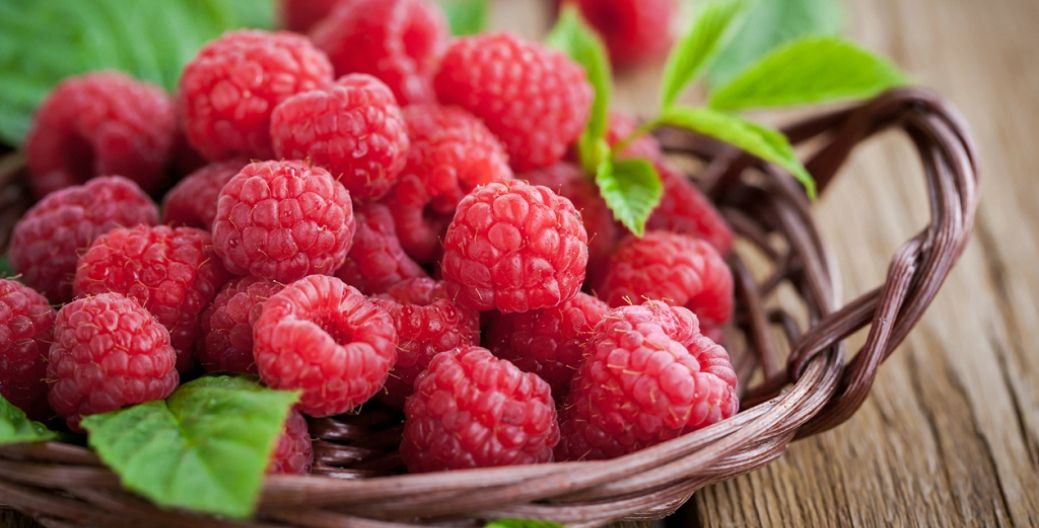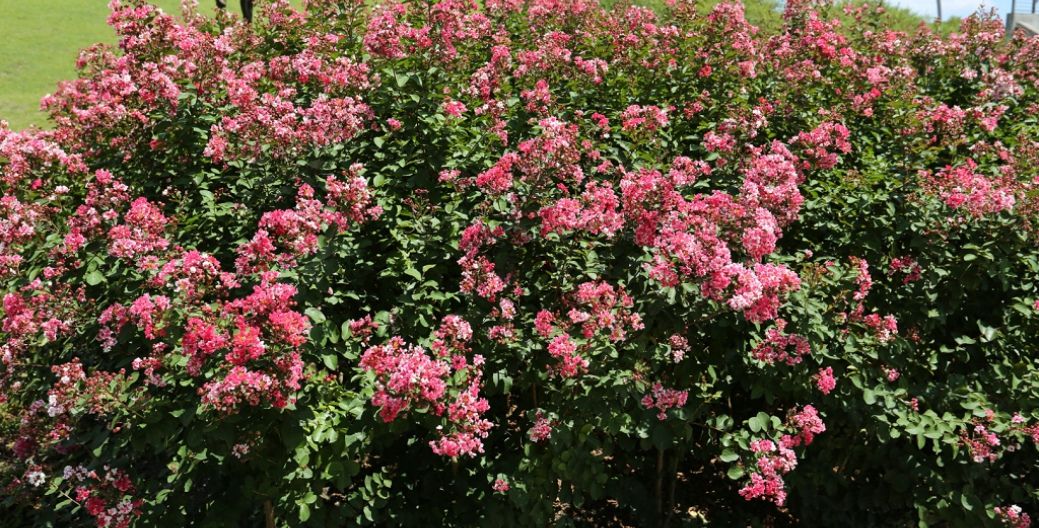Plant Collection Most Common Shrub Laurustinus See More Laurustinus (Viburnum tinus) is a flowering shrub native to the Mediterranean region. It is cultivated as an ornamental plant and it often adorns winter gardens. When little else is growing during cold days of winter, Laurustinus produces numerous clusters of tiny white flowers. Add to My GardenContinue reading “Most Common Shrub”
You can also select a branch that has not yet developed a leaf bud as a scion if the thickness of the scion is more similar to that of the rootstock. Cut a 2 cm deep cut on the rootstock longitudinally, insert the scion into the cut, and then fasten it with plastic film. The incision will heal after about 10 days.
Prairie rose can also propagate by division. It can be planted deeper and filled with soil to the roots so that new roots can grow at the bottom of each branch. In the early spring or late autumn, the whole plant can be dug out with soil to be divided into ramets. Select a stem with 1-2 branches and some fibrous roots, and then separate it from the whole plant and plant it in a basin or garden. At the same time, prune the branches on the ground to reduce the evaporation of water and improve the survival rate of transplanting.
Cutting propagation, another useful way to propagate prairie rose, is generally carried out in spring and autumn. Branches with 3-4 buds can be cut off to use. The substrate for cutting can be a mix of river sand, rice chaff ash, or vermiculite, etc. Insert the branches into the substrate, shade it properly, and spray to maintain humidity. The branches will take root 20-30 days after cutting, and the survival rate is 70-80%. If the branches are dipped in rooting powder and then inserted into the substrate, the survival rate will be higher. Additionally, the cuttings can be immersed in water for cutting; the cutting temperature is 20 to 25 ℃, and new roots will grow after 20 days.


Plant Collection Best Perennial Plant to Grow Orange daylily See More The Orange daylily is a perennial plant known for its captivating lily-like blooms. Its natural habitats are meadows and forests, but it is also a common garden plant in temperate regions around the world. Each individual flower lasts only a day, but the plantContinue reading “Best Perennial Plant to Grow”

Plant Collection Best Perennial Plant to Grow China rose See More The China rose (Rosa chinensis) is a Southwest China native. The plant has been cultivated for so long that it has become hard to tell the difference between wild and cultivated varieties. With medium-sized clusters of flowers and a long blooming season, it isContinue reading “Best Perennial Plant to Grow”

Plant Collection Most Common Shrub China rose See More The China rose (Rosa chinensis) is a Southwest China native. The plant has been cultivated for so long that it has become hard to tell the difference between wild and cultivated varieties. With medium-sized clusters of flowers and a long blooming season, it is easy toContinue reading “Most Common Shrub”







